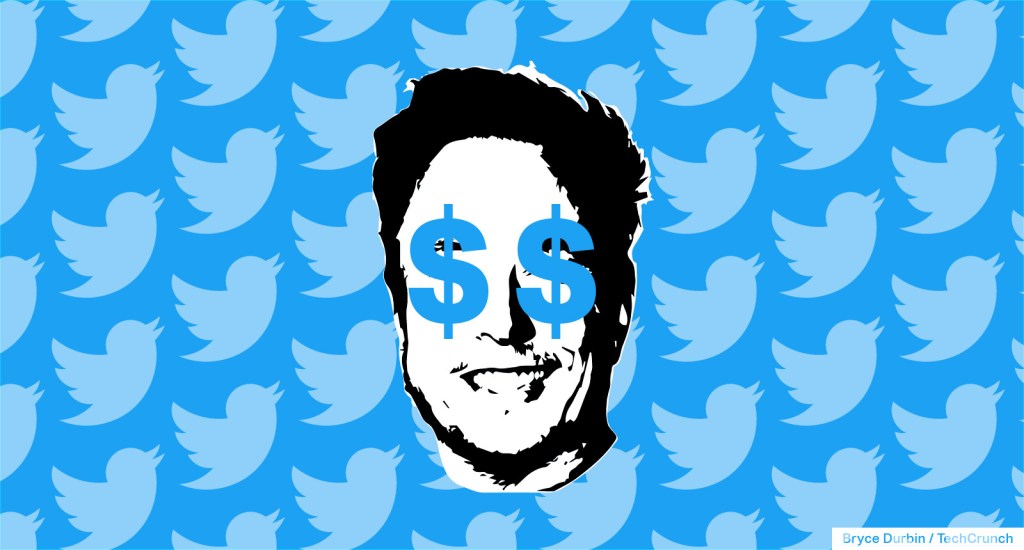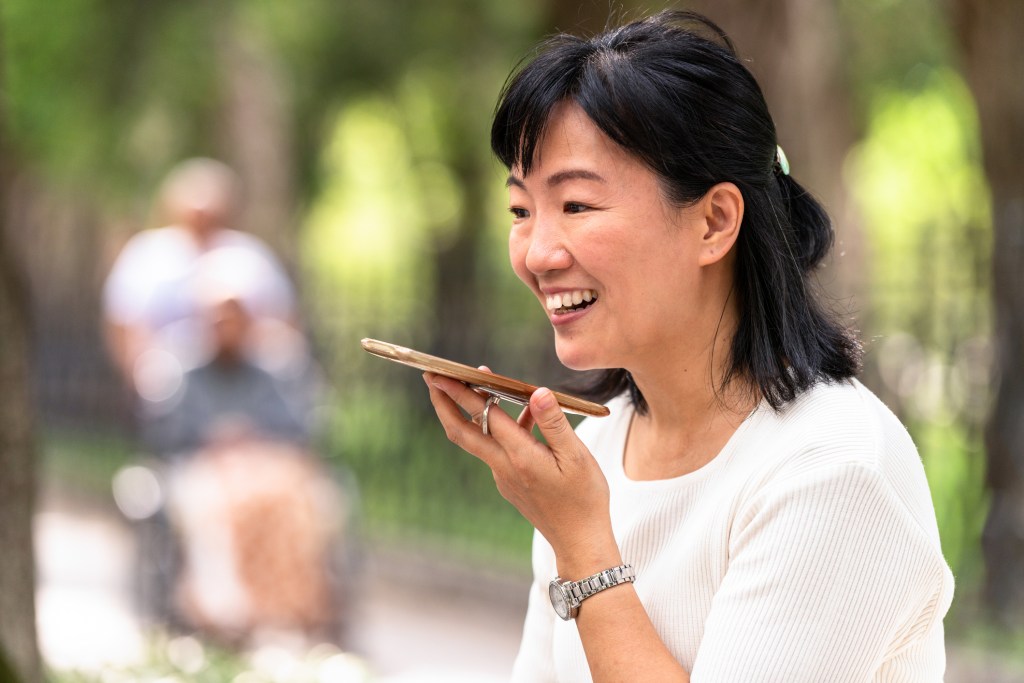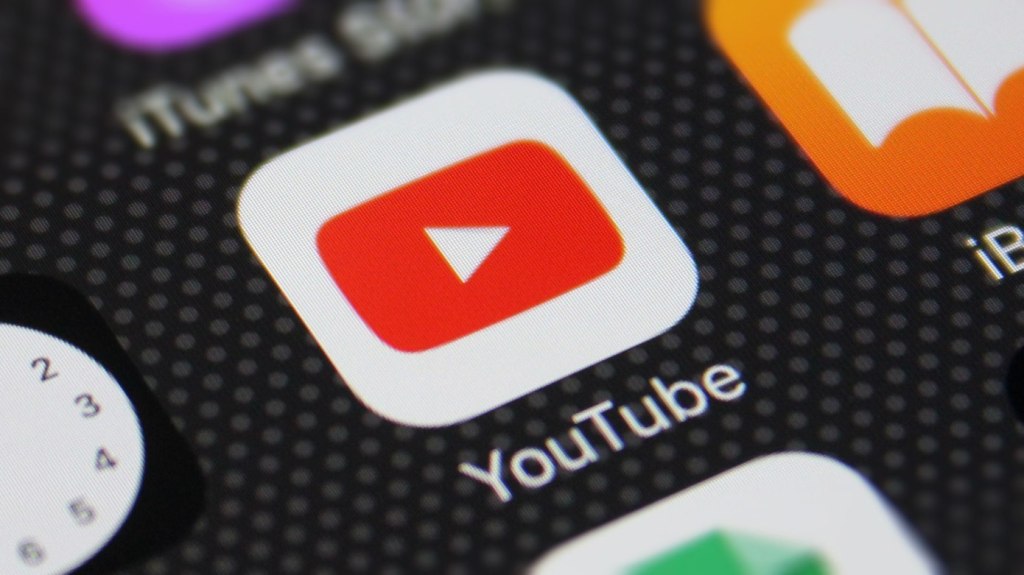When I was in college and imagined what my career might look like, I assumed it would be like what I witnessed in my internships at Boeing and Microsoft. I’d be communicating by writing a lot of memos, letters, and emails. Collaborating with colleagues across the world would require extensive travel and lots of in person meetings. My educational experience was designed with that future in mind.
But today’s economy is remarkably visual and globalized, and powered by technologies that I could hardly have imagined when I was in college. I have teammates literally all around the world, and we’re still able to collaborate effectively. Visuals, rather than words, power our communication and story telling.
My experience illustrates one of the central challenges of our education system. The world is changing rapidly, and students change right alongside it. Education institutions are in a position where they must constantly adjust—and quickly—to prepare students for jobs that are guaranteed to be different from those that exist today.
Many colleges and universities need support in adequately preparing students for the transition to the professional world. A recent Wiley poll found that just 46% of college students feel that their school is preparing students for employment in the real world after they graduate. This is contributing to a significant drop in college enrollment—creating an existential threat for colleges and universities, most of which have limited financial flexibility.
Colleges and universities must respond to these pressing needs to ensure students acquire the skills necessary for success in the workforce. While this may feel daunting, we’ve been here before. When computers and the internet started emerging in classrooms, there was a lot of fear and concern—but now they’re as much a part of the classroom as a calculator. With thoughtful changes to the student experience, we can empower students across the world to do their best work, achieve their goals, and acquire the skills to thrive both today and in the future.
Preparing students to communicate visually
As workspaces continue to become more globalized, visual communication will play an even more pivotal role in facilitating collaboration and improving productivity. At Canva, we’ve seen it in our Visual Economy Report — visuals are rapidly becoming the most impactful form of communication in the workplace, with 90% of global business leaders believing visual communication enhances efficiency, 89% seeing improved collaboration, and 85% acknowledging its authoritative impact. About two-thirds (61%) of global business leaders also say they expect workers in non-design roles to have “extensive design knowledge,” including the ability to create new graphics and presentations from scratch.

The good news is that young individuals are well-prepared for this shift, given the integral role visual communication plays in their daily interactions, particularly on social media. 80% of Gen Z teens say that YouTube has helped them become more knowledgeable about something — they already believe in visual communication because they use it every day.
Many colleges and universities are building on that foundation by giving their students and staff access to products like Canva for Campus. Students can create their own presentations, images, videos, whiteboards and even animations. This allows them to create their best work while still having the ability to experiment and explore—helping them learn how to communicate visually while unlocking their creativity, all while collaborating with their classmates.
A new education imperative: AI literacy and skills
In the ever-evolving landscape of education, there’s also a growing imperative for AI literacy and skills. The next decade of work is going to look different as AI has firmly establishes itself in today’s workforce and is evolves into a crucial job skill.
While this development may seem daunting, AI is already a reality, with millions utilizing tools like ChatGPT and DALL-E every day. According to Canva’s recent survey of more than 4,000 global marketing leaders, the majority are already embracing AI to elevate creativity and increase output in the workplace. We also learned from our very first AI in Education study that teachers are increasingly seeing AI as a tool for enhancing student creativity.
For colleges and universities, it’s not just about staying current with these technological trends; it’s about empowering student with the practical skills necessary to excel in a workforce shaped by technology. By integrating AI education into the curriculum and providing hands-on experiences through platforms like Canva, universities play a pivotal role in ensuring their graduates are not only academically adept but also well-prepared for the demands of a technology-driven professional landscape.
Embracing a new era of education
The next decade of education is set to be a transformative one, and it’s our collective repsonsibility to ensure we’re setting the next generation of the workforce up for success. The college and university learning experience is a critical bridge between educational institutions and today’s modern workplace. With more than 60 million students, teachers, and professors using Canva every month, this is a responsibility we take very seriously, and we’re incredibly excited to be introducing our global community to the tools of the future.
— Jason Wilmot, Canva






























